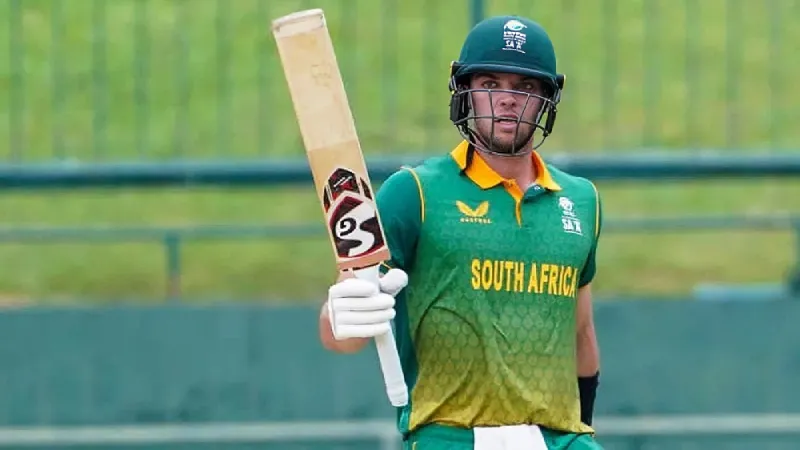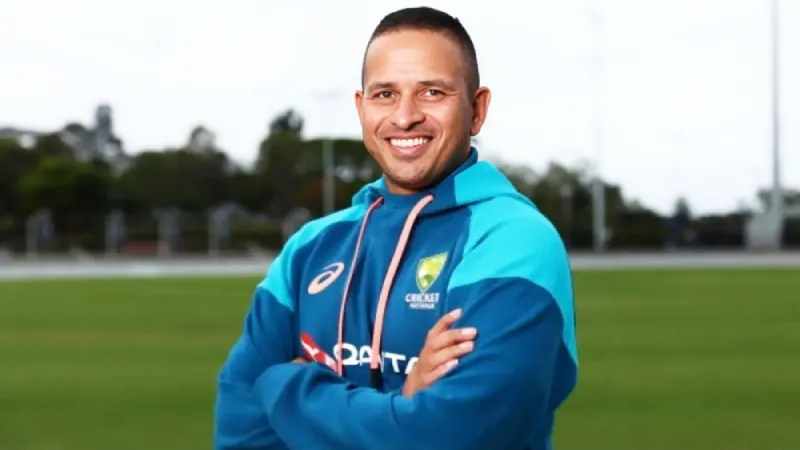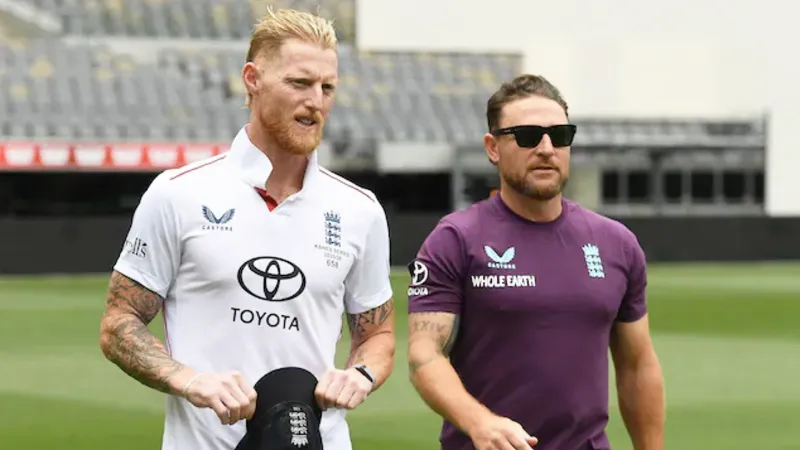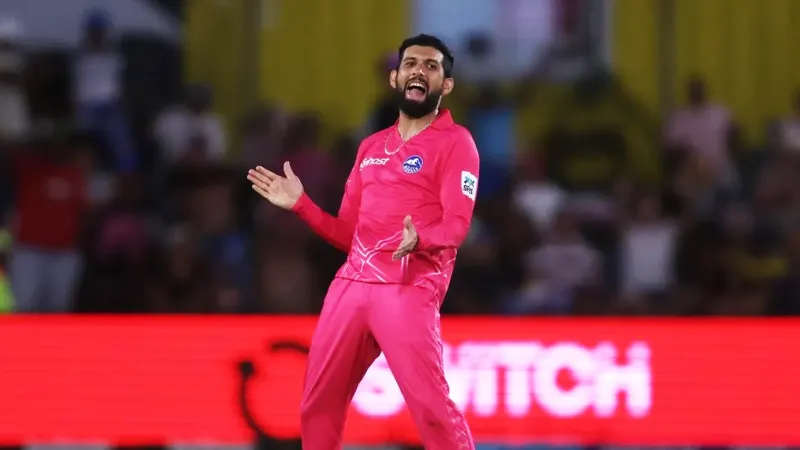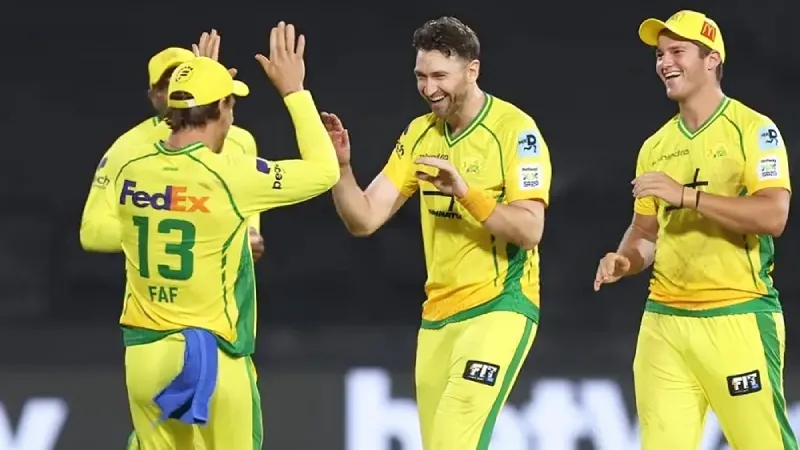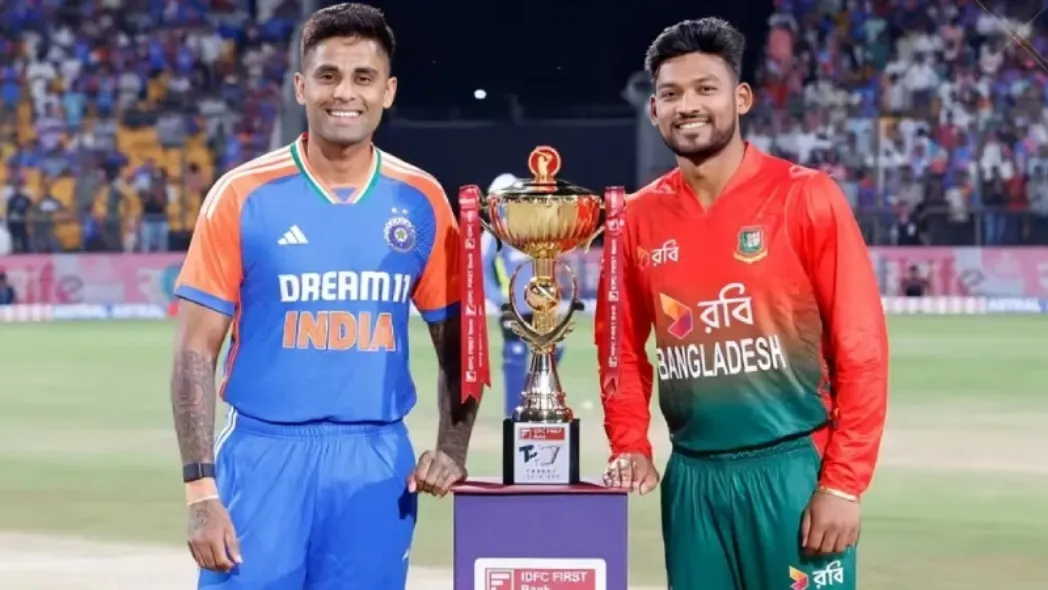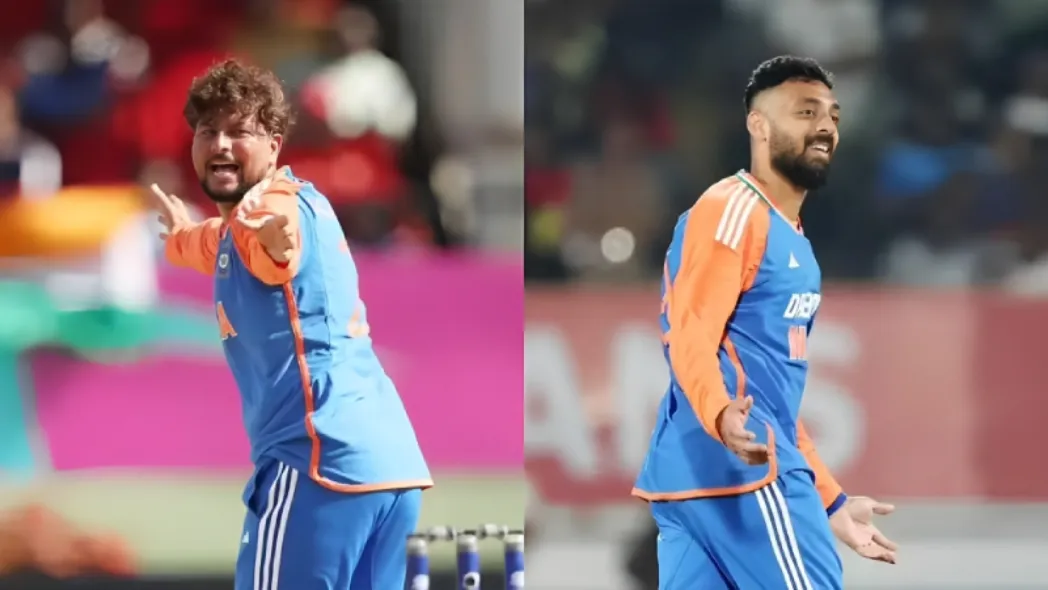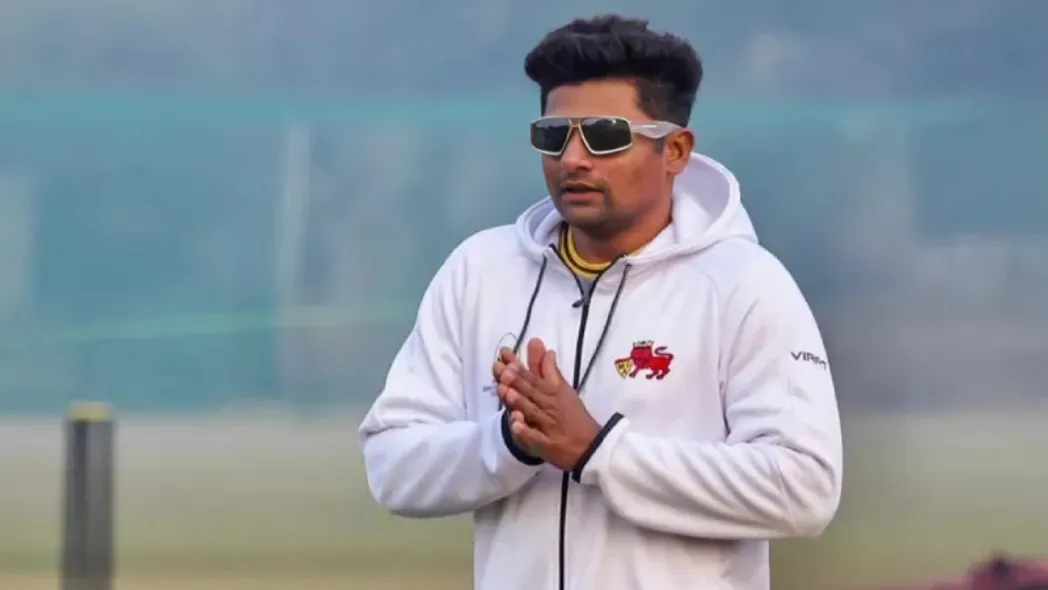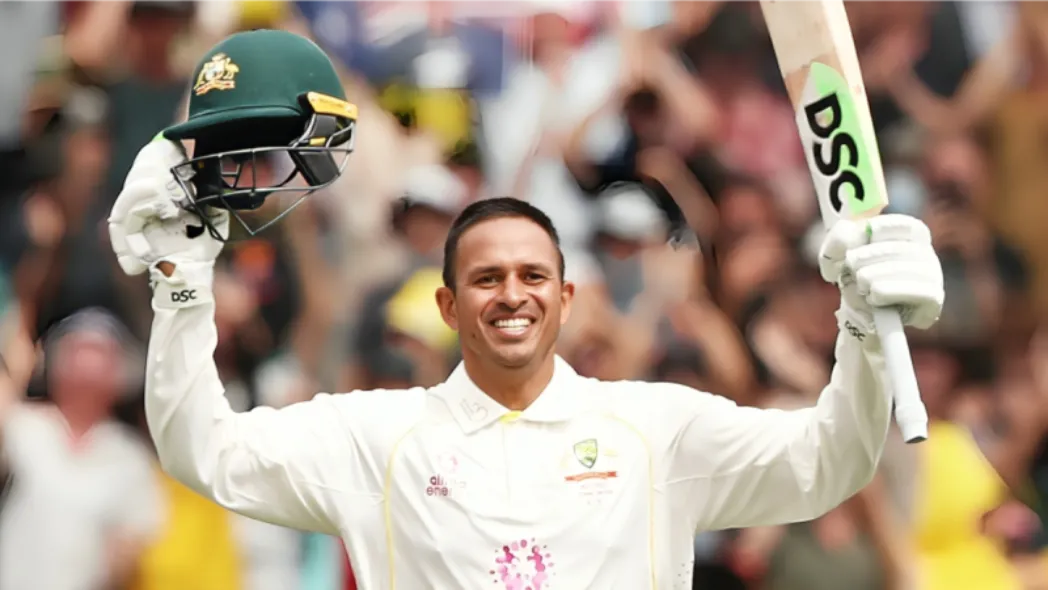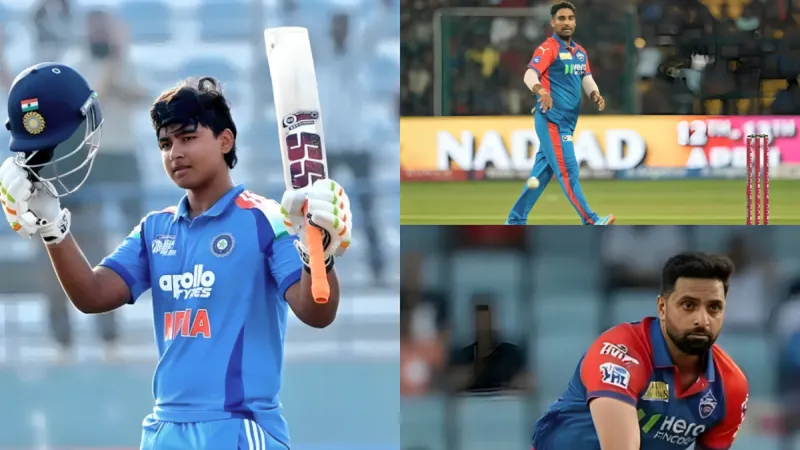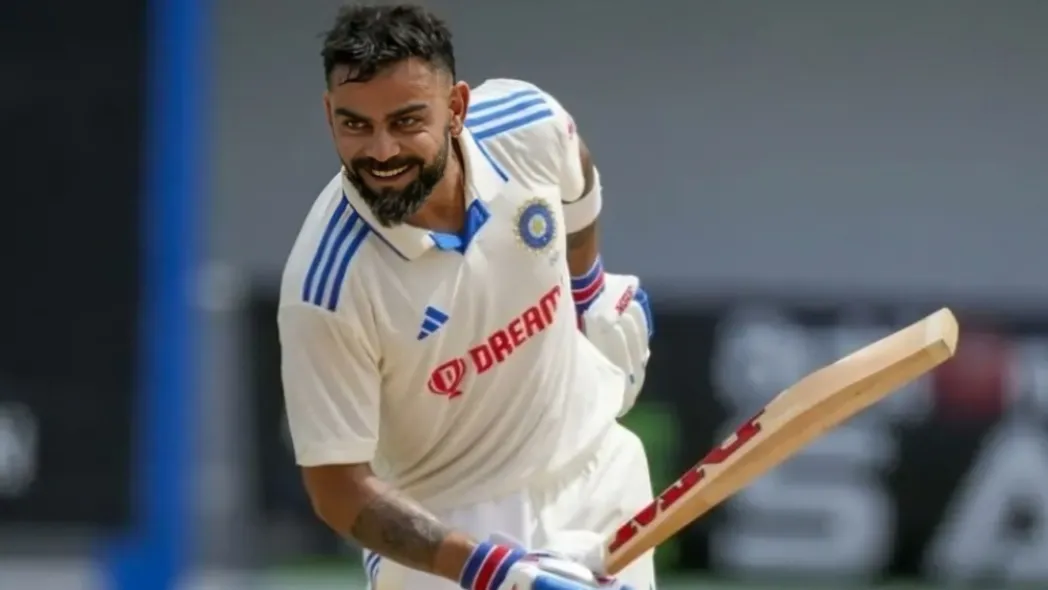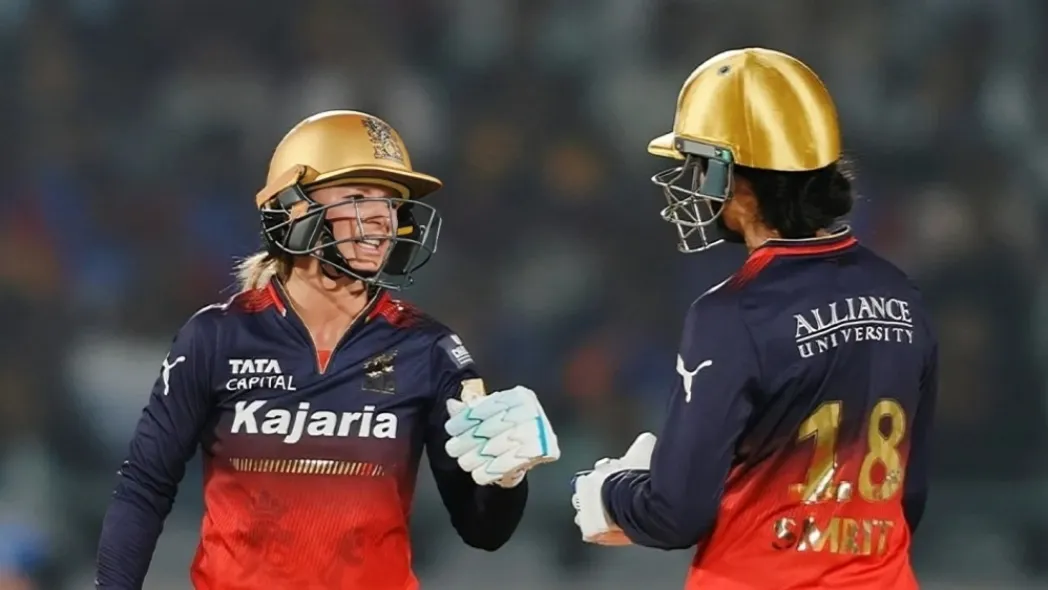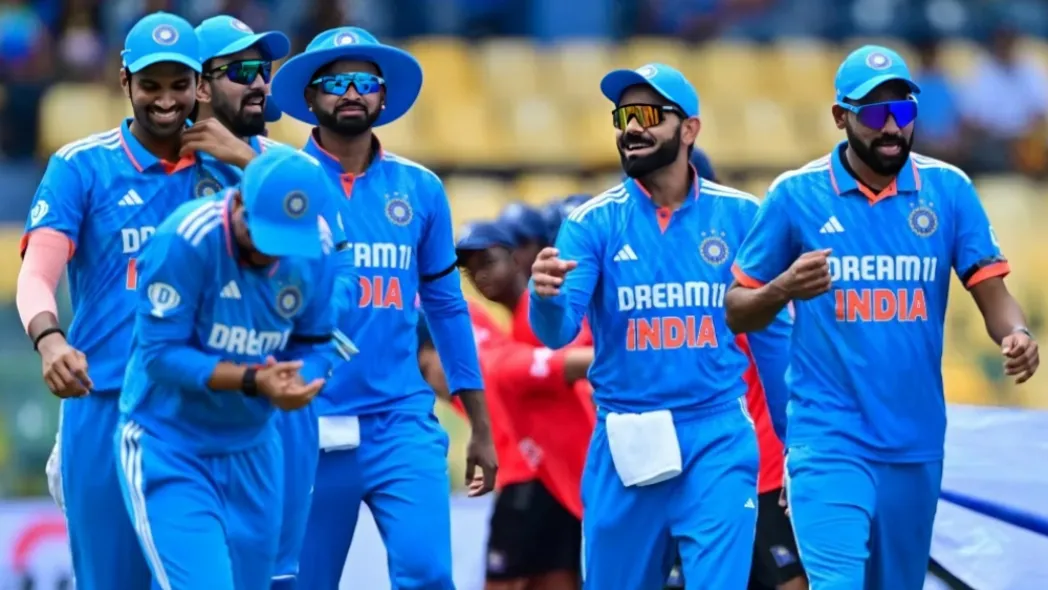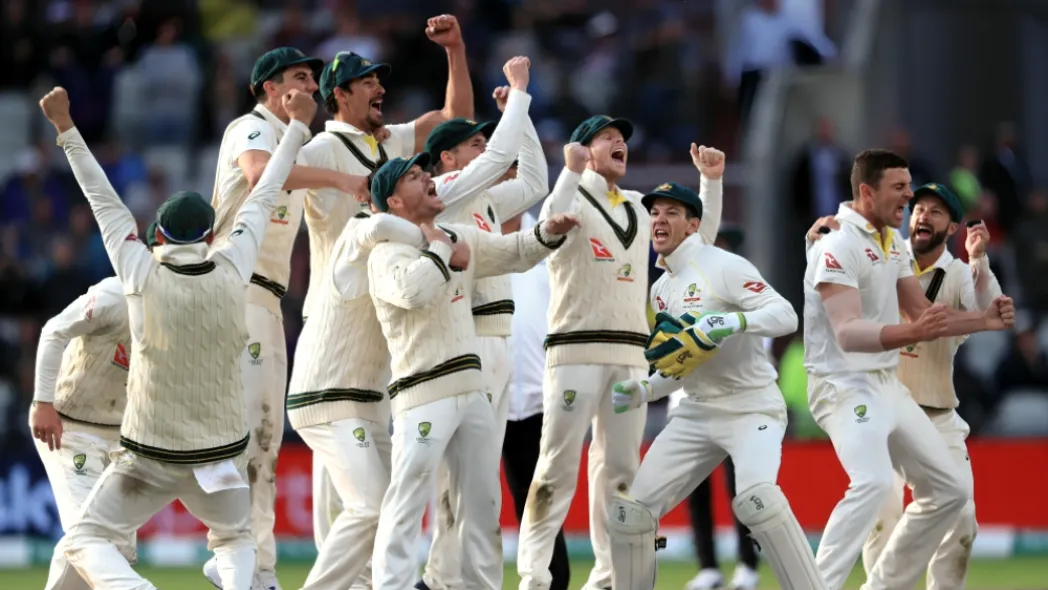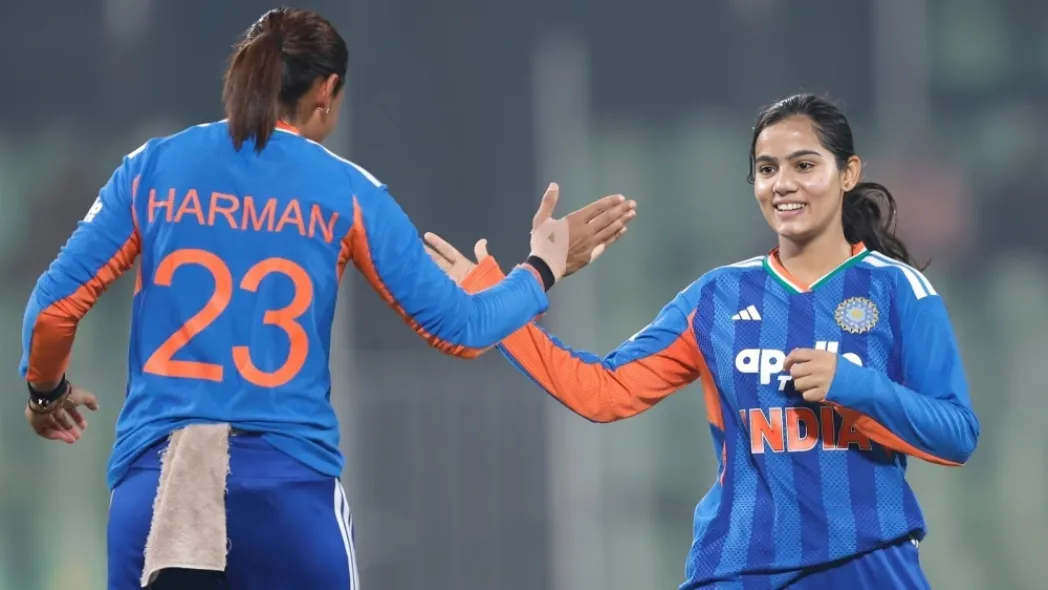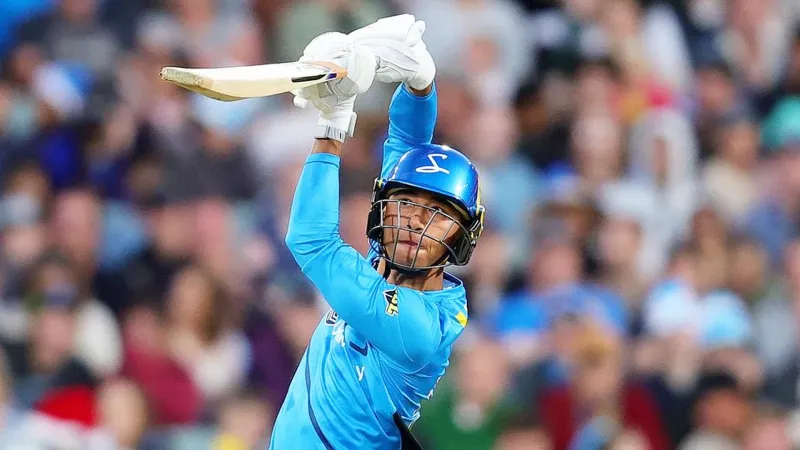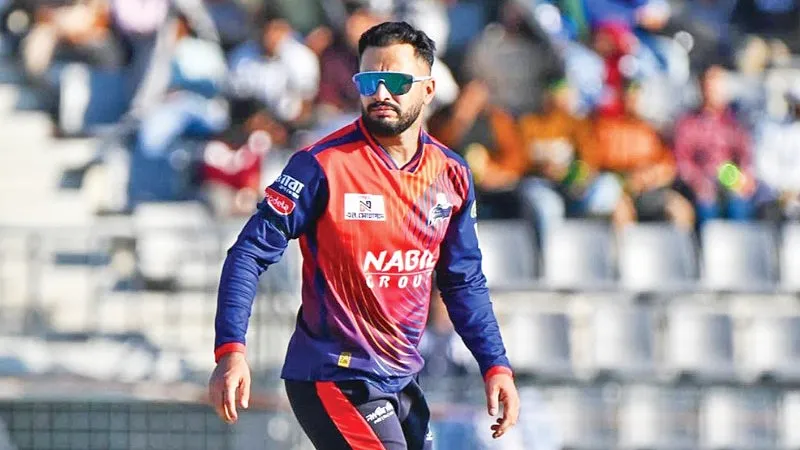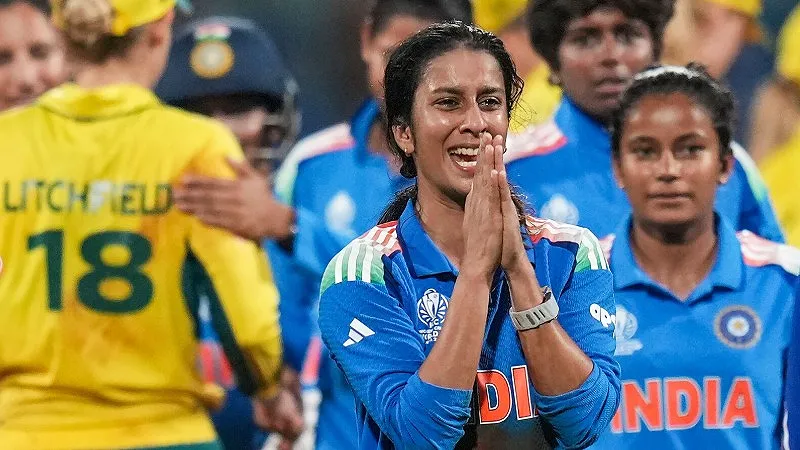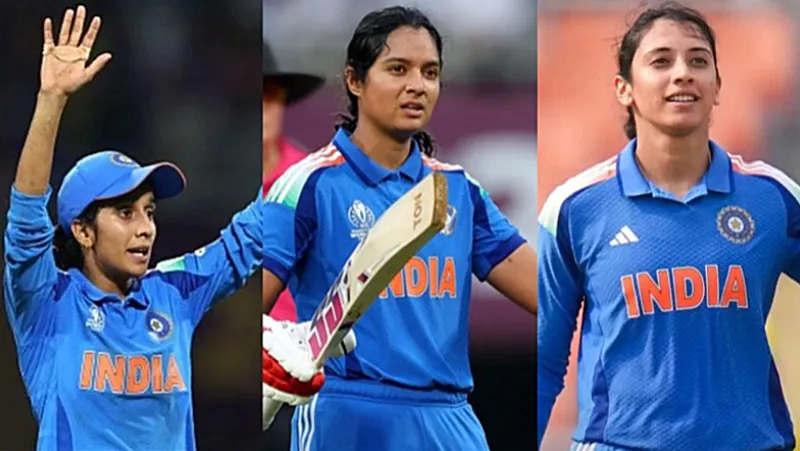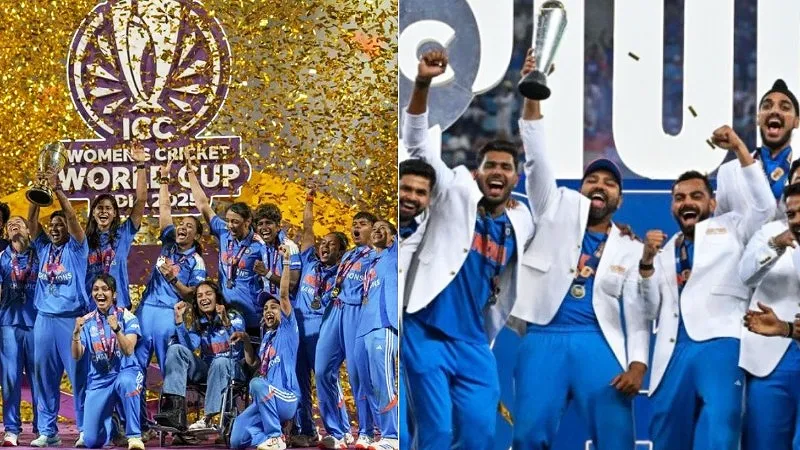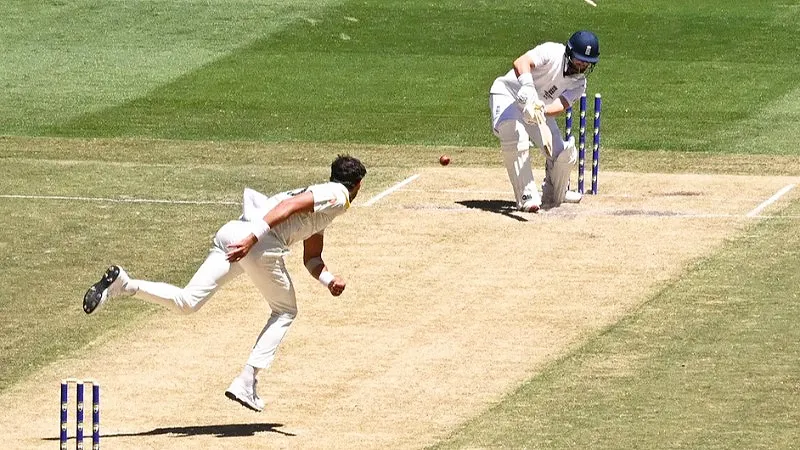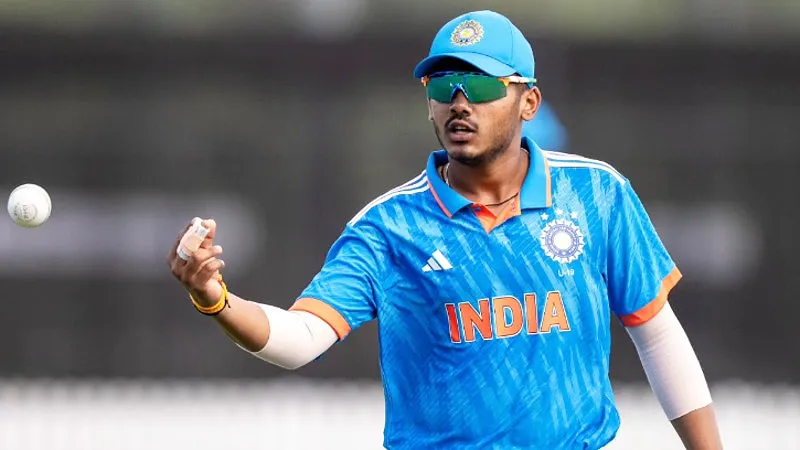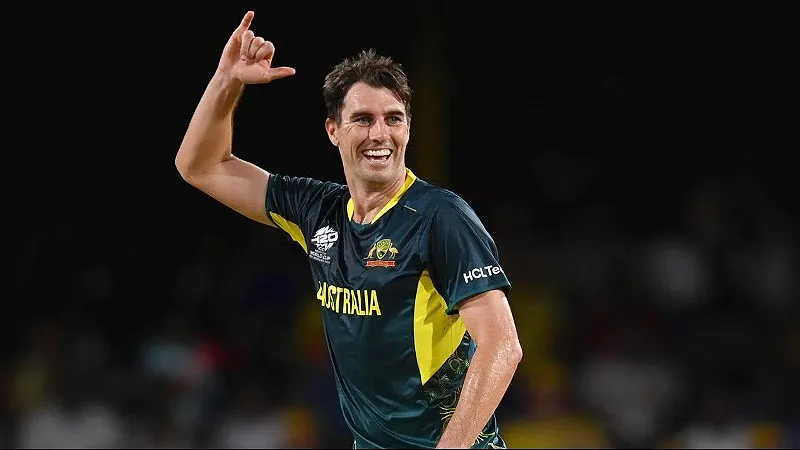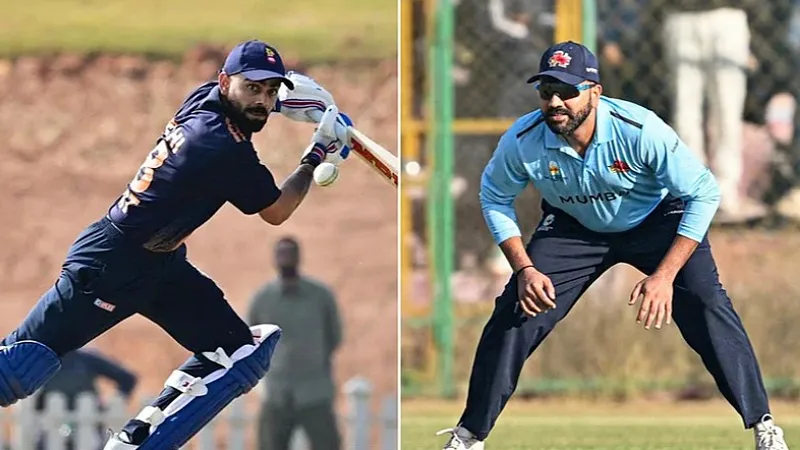Let’s be honest—losing isn’t fun, especially when it comes at home and so close to a major tournament. For England Women’s cricket team, the recent drubbing by India across both formats wasn’t just a loss—it was a warning siren. With the 50-over World Cup looming in October, this summer was supposed to offer answers, but instead, it raised new questions. While Charlotte Edwards and Nat Sciver-Brunt have shown promising signs since taking charge, India’s brilliance has pointed out where the holes still lie. Now, with the countdown on, England must do more than just “learn”—they need to evolve, fast.
Over-Reliance on Sciver-Brunt: The Double-Edged Sword
There’s no denying Nat Sciver-Brunt is England’s most valuable player right now. But therein lies the problem. England’s over-reliance on her is so stark that when she doesn’t fire, the entire structure wobbles. Her heroic 66 in the T20I opener against India felt more like damage control than a chase.
But the rest of the batting? Patchy. Inconsistent. Too many dot balls, too few partnerships. If your batting card is essentially a one-woman show, the World Cup isn’t going to be forgiving. Should Knight recover in time, her presence could anchor more than just the scorecard. But for now, England can’t afford to keep playing the “Let Nat fix it” game.
Fielding: Still the Elephant in the Dressing Room
Let’s talk about the outfield—because India sure did. In Durham, they put up 318 for 5, helped in part by some uncharacteristically clumsy fielding from England. Only Sophie Ecclestone came out looking sharp with the ball, and while England dropped just one catch, it was the ground fielding that hurt. Lazy dives, missed stops, extra runs—it all adds up.
And here’s the kicker: fielding isn’t just a technical issue; it’s a mindset. Both Edwards and Sciver-Brunt have admitted it—what’s practiced isn’t translating on game day. Whether it’s nerves, lapses in focus, or a deeper problem with fitness, England can’t afford these lapses on the world stage. Edwards has already hinted that fielding will influence World Cup squad selection. So, if you’re on the fringe and you can’t throw yourself around the outfield like a human highlight reel, you might want to take up that county fitness session offer. Fast.
Clock’s Ticking—And There’s No Rewind Button
Here’s the real pressure point: time. No more ODIs, only 10 weeks on the clock—England’s build-up to the World Cup just got real. Sure, there’s a camp in Abu Dhabi and some warm-up games, but the window is rapidly closing. The core squad has had its tune-up. Now it’s about fine-tuning—and fast.
But Edwards remains optimistic. Despite being outplayed, she sees progress. “We’re not far off,” she says. And in fairness, England have shown moments of brilliance—they pushed India hard in parts, found new batting partnerships, and have a strong core. The key now is conversion. Can those learnings from defeat turn into winning habits? Can they hit the ground running in October without real competitive cricket before then?
Because the World Cup won’t wait. And neither will India, Australia, or any of the other big guns.
So, where does this put England? Somewhere in the vicinity of rebuilding and title chasing. But, still prone to poor depth behind Sciver-Brunt, and sharper fielding, and crisper tactical adaptations, England could find itself on the wrong side of the peak period in a World Cup process, worse, not living their peaking period at all.
For more, visit JeetBuzz News to read our quality Cricket Blog updates. Explore if you want to reminisce and enjoy all of your favourite cricket players and nostalgic match moments. To ensure that you never miss out, keep updated and join in the fun!


